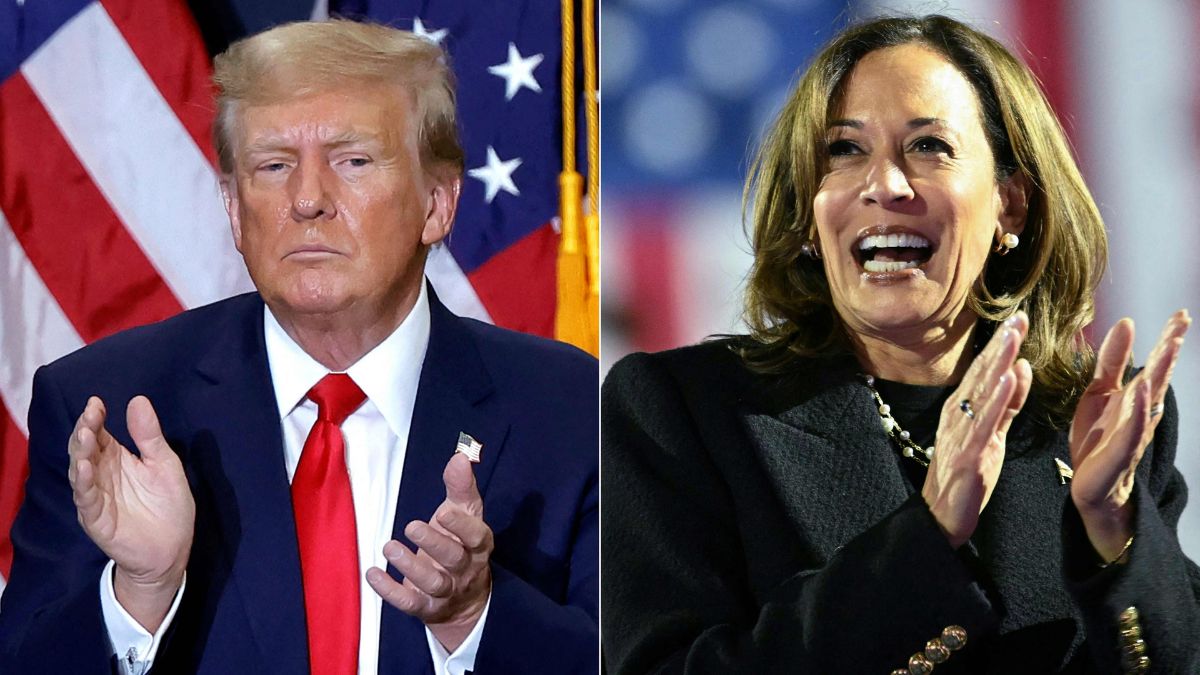Around 75 million people voted in advance in the US elections and the remaining are set to vote on November 5. However, it's not the "popular vote" that would decide whether Kamala Harris or Donald Trump will become the next US President. Instead Electoral College votes will decide the fate of the candidates.
Took some time today to hear from voters in Pennsylvania and ask for their support.
— Kamala Harris (@KamalaHarris) November 5, 2024
There's still time to join us on the doors: https://t.co/ZaRpcqNdUT pic.twitter.com/J7E8ObhEjp
What are Electoral College votes?
Americans elect their president indirectly through the Electoral College, which is decided by the electors in each state. There are 538 electoral votes in total and 270 is needed to claim a majority.
A GREAT DAY IN NORTH CAROLINA, PENNSYLVANIA, AND MICHIGAN—THANK YOU!
— Donald J. Trump (@realDonaldTrump) November 5, 2024
IT’S TIME TO GET OUT AND VOTE—SO TOGETHER, WE CAN MAKE AMERICA GREAT AGAIN!!! https://t.co/QrckeupQKi pic.twitter.com/eQisvQHxMZ
The number of Electoral College votes in each state is decided by the total number of US Senators and House of Representatives in each state. This means each state will have at least three electoral votes from the two US senators and a House of Representative. However, the District of Columbia also has three votes though there are no voting members in Congress.
However, the number of House of Representatives will go up depending on the population of the state and thereby increasing the number of Electoral College votes. For example, the most populated state, California, has 54 electoral votes. Texas has 40 seats while Florida has 30 and New York has 28.
Most states award all their electoral votes to the candidate who comes first in the popular voter in that state. But Nebraska and Maine allow their electoral votes to be split.
Among the seven swing states, also known as battleground states, Pennsylvania has the highest number of electoral votes at 19. Georgia and North Carolina has 16 votes each while Michigan has 15 votes. Arizona has 11 seats, followed by Wisconsin (10) and Nevada (6).
States could gain or lose the number of electoral votes if there is a change in population, which brings the number of House of Representatives down.
States with the least population have three electoral votes each, including Alaska, Delaware, North Dakota, South Dakota, Vermont and Wyoming.
The electors were picked before the election by each party. They could be party leaders, elected officials, activists or others linked to the party. Following the election, they will cast a vote each for the president and the vice president.
If both candidates are tied at 269, which is a rare event, members of the new House of Representatives would pick the president while the Senate will choose the vice president.



